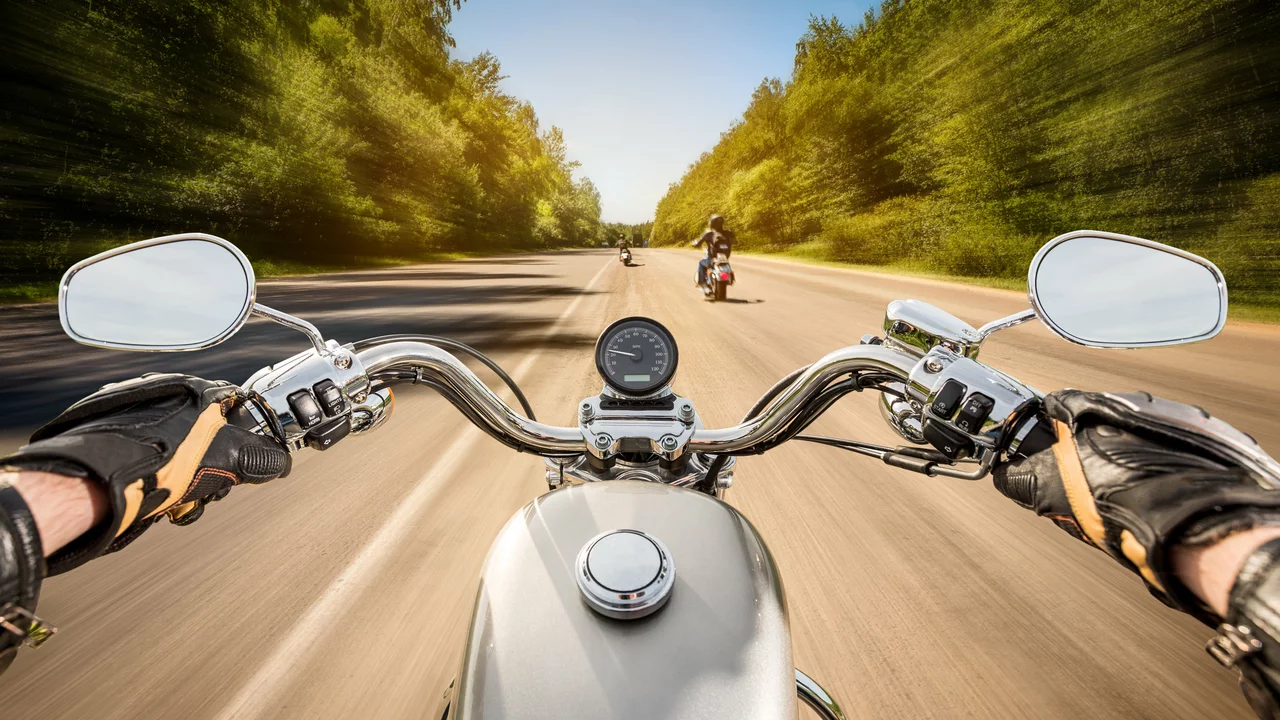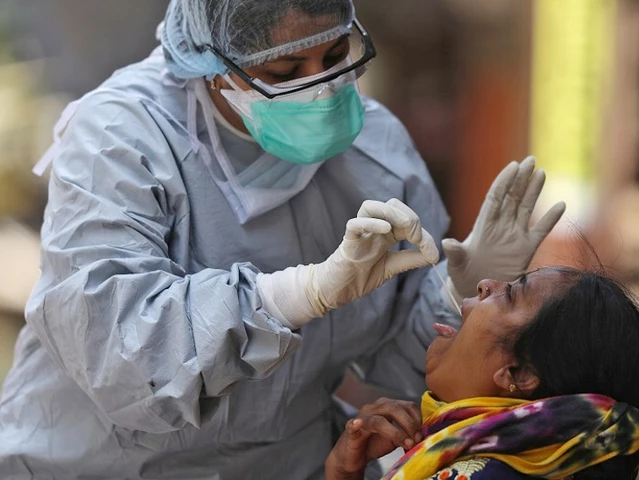Which is more dangerous, riding a bike or a car in Indian roads?

Understanding the Road Traffic Scenario in India
Before we delve into the specifics of which is more dangerous, riding a bike or driving a car, it's important to understand the road traffic scenario in India. India, with its population of over 1.3 billion people, has a complex and diverse traffic environment. The roads are often congested, and traffic rules and regulations are frequently ignored. This results in a high number of traffic accidents every year. The Indian government has also implemented several measures to improve road safety, but the situation remains critical.
Assessing the Risk Factors of Bike Riding
Riding a bike on Indian roads comes with its own set of risks. Bikes are smaller and lighter, which makes them more vulnerable in case of an accident. Furthermore, motorcyclists often weave through traffic, increasing the chance of a collision. Lack of protective gear and disregard for traffic rules are other factors that contribute to the danger. In addition, the weather conditions in India can be unpredictable which can make bike riding more hazardous.
The Danger Quotient of Car Driving
While driving a car may seem safer than riding a bike, it comes with its own set of risks. Cars are larger and heavier, which means they can cause more damage in case of an accident. Furthermore, the sense of security that a car provides can often lead to reckless driving. Not to mention, the air pollution caused by cars is a significant health hazard. Moreover, in congested Indian cities, parking a car can often be a challenge, adding to the overall stress of driving.
Statistical Analysis: Bike Accidents versus Car Accidents
Statistics are a powerful tool to understand the risk associated with bike riding and car driving. A report by the Ministry of Road Transport and Highways in India revealed that two-wheelers were involved in more accidents than cars. However, it's also worth noting that the number of two-wheelers on Indian roads is significantly higher than that of cars, which may skew the results.
The Role of Infrastructure and Traffic Management
The state of infrastructure and traffic management in India also plays a crucial role in road safety. Poorly maintained roads, lack of proper signalling systems, and inefficient traffic management can increase the risk of accidents. While this affects both bike riders and car drivers, the impact is more profound on bikers due to their vulnerability.
Psychological Factors Influencing Safety
Psychological factors play a significant role in road safety. The sense of invulnerability that car drivers often feel can lead to reckless behaviour. On the other hand, bike riders, due to their vulnerability, may be more attuned to the risks, thereby being more cautious on the road. However, this is not always the case, and a sense of thrill can often lead to risky behaviour among bike riders.
Impact of Technological Advancements
Technological advancements have significantly influenced the safety of bike riding and car driving. Features like anti-lock braking systems, airbags, and collision avoidance systems have made cars safer. Similarly, advancements in bike technology, such as better braking systems and more efficient engines, have improved the safety of bike riding. However, not all vehicles in India are equipped with these features, which can limit their impact on safety.
The Role of Law Enforcement and Policy
Effective law enforcement and policy play a crucial role in promoting road safety. While India has stringent traffic laws, the enforcement of these laws is often lax. This, coupled with corruption and lack of awareness, can increase the risk of accidents. The implementation of stricter laws and better enforcement could significantly improve road safety in India.
Personal Responsibility and Road Safety
While external factors play a significant role in road safety, personal responsibility cannot be ignored. Following traffic rules, wearing protective gear, and driving responsibly can significantly reduce the risk of accidents. Whether you're riding a bike or driving a car, being responsible on the road is key to ensuring your safety and the safety of others.
Conclusion: Weighing the Pros and Cons
In conclusion, both riding a bike and driving a car on Indian roads come with their own set of risks. While statistics may suggest that bike riding is more dangerous, it's also important to consider the other factors. The state of infrastructure, traffic management, technological advancements, law enforcement, and personal responsibility all play a crucial role in determining the relative danger of bike riding and car driving. Therefore, it's essential to consider all these factors before drawing a conclusion.



